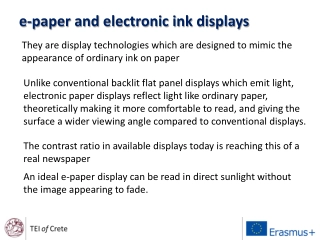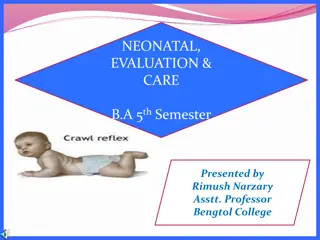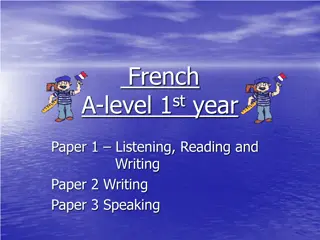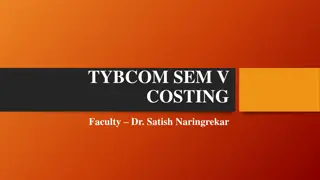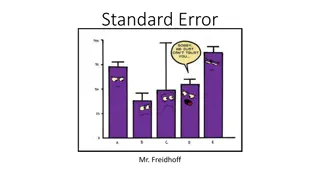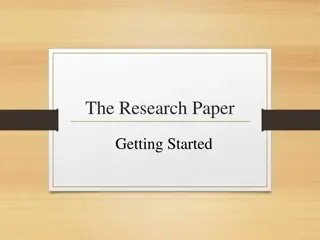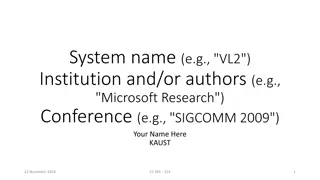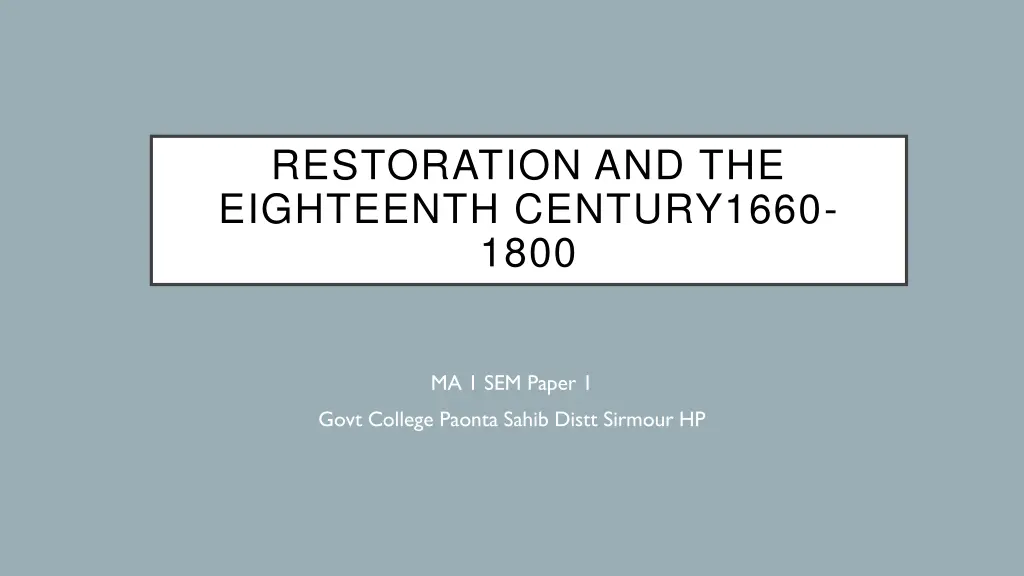
Restoration and Enlightenment in the Eighteenth Century
Discover the historical period of Restoration and Enlightenment from 1660 to 1800, exploring key events like the civil war, monarchy restoration, and the shift towards scientific observation. Learn about changes in religion, the influence of new science, and the interplay between religion and politics during this transformative era.
Download Presentation

Please find below an Image/Link to download the presentation.
The content on the website is provided AS IS for your information and personal use only. It may not be sold, licensed, or shared on other websites without obtaining consent from the author. If you encounter any issues during the download, it is possible that the publisher has removed the file from their server.
You are allowed to download the files provided on this website for personal or commercial use, subject to the condition that they are used lawfully. All files are the property of their respective owners.
The content on the website is provided AS IS for your information and personal use only. It may not be sold, licensed, or shared on other websites without obtaining consent from the author.
E N D
Presentation Transcript
RESTORATION AND THE EIGHTEENTH CENTURY1660- 1800 MA 1 SEM Paper 1 Govt College Paonta Sahib Distt Sirmour HP
Restoration and the Eighteenth Century1660-1800The Augustan Age The Neoclassical Period The Age of Reason The Age of Enlightenment
In the Shadow of ElizabethAfter James I, his weak son Charles I came to throne, but the Puritans and their parliamentary party had gained power. By 1642 England was embroiled in civil war between the parliamentary party and the Royalists. Charles I was Beheaded by Parliament as they took over England under the rule of Oliver Cromwellnot royalty but a military and political strategist who eventually tore up the constitution and became a dictator.
What is meant by Restoration?In 1660 the Anglican Church was restored as the official Church of England and King Charles II was restored to power (after having been exiled to France, restoring the monarchy.) They dug up Cromwell, beheaded him, then reburied him. The monarchy was restored without shedding a drop of blood.
The Age of Reason and EnlightenmentAsking the How? People were changing their ways of viewing themselves and the world. Natural phenomena were increasingly explained by scientific observation as people began to ask how
Changes in ReligionThe new science influenced religion A movement called Deism viewed the universe as a perfect mechanism, which God had build and left to run on its own. Popes Essay on Man Sir Issac Newton John Locke Christianity but asking more and more scientific questions
Religion and PoliticsReligion determined peoples politics. King Charles II outlawed and persecuted all the various Puritan and Independent sectsdozens of them who all disagreed among themselves.
Bloodless RevolutionCharles II had no legal heir. When he died in 1685 he was succeeded by his brother James II, a practicing Roman Catholic. Pressure was so great that he fled to France with his family in 1688. James II was succeeded by his Protestant daughter Mary and her Dutch husband William of Orange. Ever since, the rulers of England have been, at least in name, Anglicans.
The Age of EnlightenmentOrigins in the scientific and intellectual revolutions of the seventeenth century. Change and reason were both possible and desirable for the sake of human liberty. Provided a major source of ideas that could be used to undermine existing political and social patterns.
23 The Age of SatireAlexander Pope and Jonathon Swift (of aristocratic values) both used satire to expose the moral corruption and crass commercialism of the eighteenth-century England. Artist William Hogarth shared many of their attitudes and ideas and expressed his satire through art. Daniel Defoe stood for values that we think of as middle classno interest in polished manners and social poise.
The Age of JournalismAs the middle class grew, journalists such as Defoe, Joseph Addison, and Richard Steele followed this new profession. Saw themselves as reformers of public manners and morals.
27 Popular TasteLike journalists of the day, writers like Pope and Swift aimed at reforming and educating their readers. Pope in particular, however, was much too formal and classical in his style to draw a wide readership. These readers instead flocked to the novel.
First English NovelsSomething new Development of the middle class Often broad and comical Robinson Crusoe, by Defoe Women were among the eager readers Tom Jones, Henry Fielding
30 The Age of JohnsonSamuel Johnson a commanding figure at the end of the 18th century, a man of conservative and traditional beliefs. He questioned optimistic assumption that the future would be better than the past and that people will automatically do what is right.
31 The End of the AgeAt the end of the century, as industrialization mushroomed, writers returned to nature and folk themes for inspiration.


